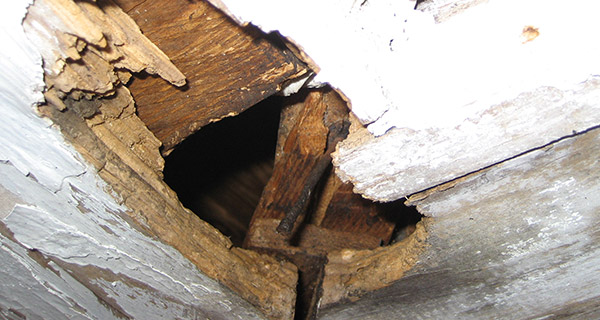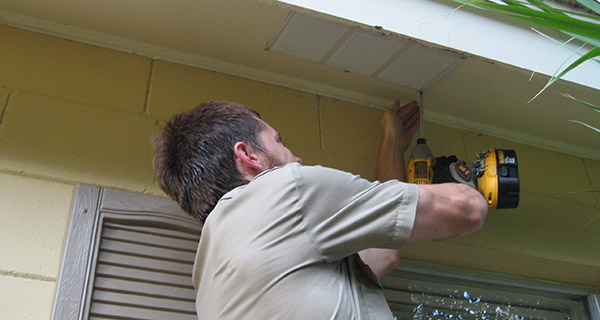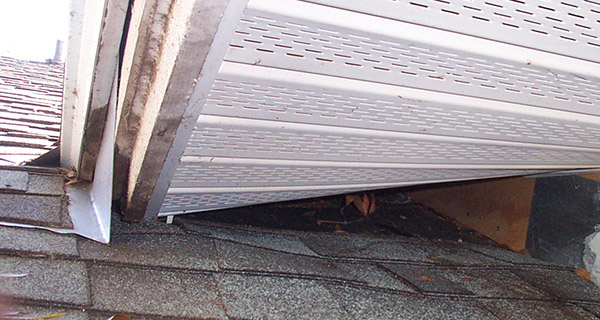-
info@aaanimalcontrol.com
Call us for help in your town
Humane Wildlife Education
How do animals get inside a house?
Need wildlife removal in your hometown? We service over 500 USA locations! Click here to hire us in your town and check prices - updated for year 2020.
How to Inspect Your House to Find Wild Animal Entry Holes: Unless you’re looking to sell your house, you’ll probably find that inspections are not something that regularly happens. That is of course, until you find yourself with a slightly disturbing wild animal problem that normally works out to be a lot of hassle, very time-consuming, sometimes dangerous, and very expensive!
The best way to ensure wildlife doesn’t get into your home is by blocking any available entrances as soon as they appear. The only way to notice the available entrances is with regular inspections.

Take bats as just one example. They only need the tiniest of holes to slip through, and even something as insignificant to you as a half inch gap in the chimney breast is enough to cause you a massive 40-wide bat problem. The same can be said for mice and rats - they only need the smallest of gaps to creep through and once they’re in, they are almost impossible to get rid of, especially when they start procreating.
Pest and wild animal control is not the only reason why you should inspect your home to find wild animal entry holes either. Small holes and gaps in walls, especially exterior walls, could be the reason why your heating bill just keeps creeping up and up, and when moisture enters, you will find that mould then becomes a problem.
How often should I inspect my home?
Twice a year is the minimum you should be taking a peek at the outside of your home. When you are doing weather-allowable tasks such as gutter-cleaning in the spring, and sealing before the winter, do a full inspection. Take a peek at your house in a way you might not have before. You’ll be glad you did when you start to see the little cracks appear…

You’re going to need a few tools before you get started. Not all of them are essential, but they sure do help!
- Binoculars - these help you to see those parts of your house not easily accessible.
- Ladders - for getting to those parts of your house that are not easily accessible.
- Flashlight - to see in the darkest of areas, and also to help you see where cracks and holes are at night.
- Head torch - for the same reason as above, but just without the need for hands!
- Camera - or mobile phone to help you document (video and photos) the bits you’ve spotted so that you remember to sort them all out later on.
- Tough gloves - just in case...
- Paper towels - for sanitary cleanup

Under no circumstances should you seal a hole until you are one hundred percent sure there are no animals left inside it.
If you do happen to find a hole or crack, the paper towel will come in handy. Being a soft material, it will biodegrade if it happens to fly away, and any nibble-y creatures like mice and rats will chomp straight through it if it is in their way. If it has been moved, nibbled on, or has disappeared completely, you should assume that an animal has moved it, and you will need to start pest removal procedures.
You are going to want to pay close attention to areas that would give animals easy access such as where pipes enter the house, vents, trim, siding, etc. You will also want to take a very close look at the places where two buildings meet, or two structures. This means where the chimney breast meets the roof or the rest of your property, and even window wells could be the front door to an animal invasion.
Looking up and down the exterior walls, check for things such as warped siding, loose vent screens, and even damaged or warped trim board - these could all be signs that a small animal has crawled their way into your home.
Attics are often left out when it comes to inspecting your home to find wild animal entry holes. You’ll need to look from the inside and the outside, although if you have a bat invasion, or other type of animal, you’ll soon start to see droppings lying around on the floor.
Not just on the hunt for animal poop, also look for feathers and fur, nesting material, and also signs of chewing around the foundation and structures within the building. These chew-marks could be signs of bats, mice, rats, and a whole bunch of other critters that shouldn’t be in your home!
Learn more about: How to get rid of bats
Learn more about: How to get rid of mice
Learn more about: How to get rid of raccoons
Learn more about: How to get rid of rats
Learn more about: How to get rid of squirrels


















